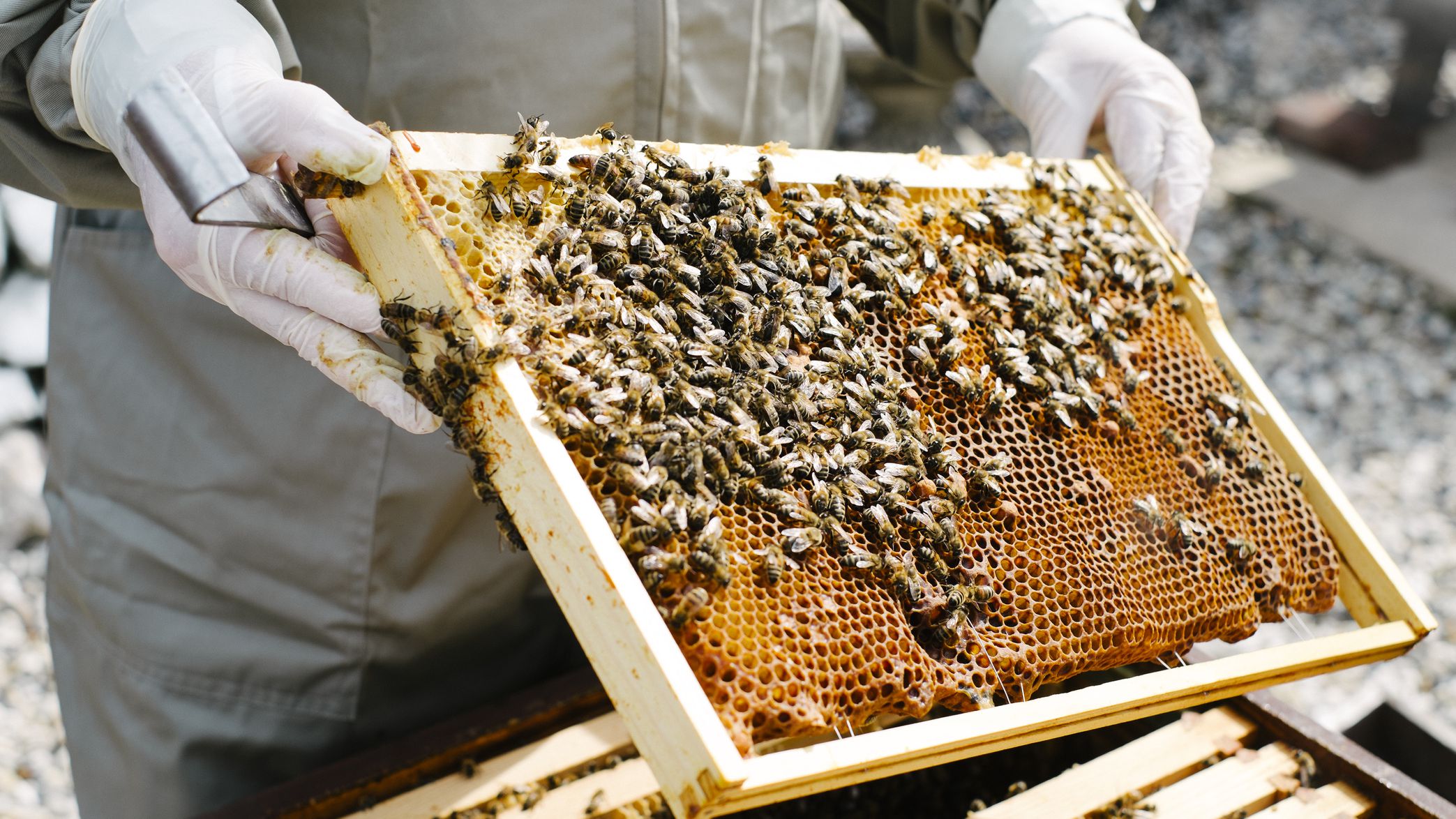
Spreading Sweetness and Light
All about Mead. The new dessert wine that’s made of honey and produced environmentally. Gagan Sharma tastes it and is delighted India’s relationship with honey
Blog

All about Mead. The new dessert wine that’s made of honey and produced environmentally. Gagan Sharma tastes it and is delighted India’s relationship with honey

Mead is reclaiming its hallowed roots, promising not just a flavourful, spirited alternative, but it weighs in on the sustainability narrative too. Arkä Honey Dessert
© 2021 Indulge India. All rights reserved.